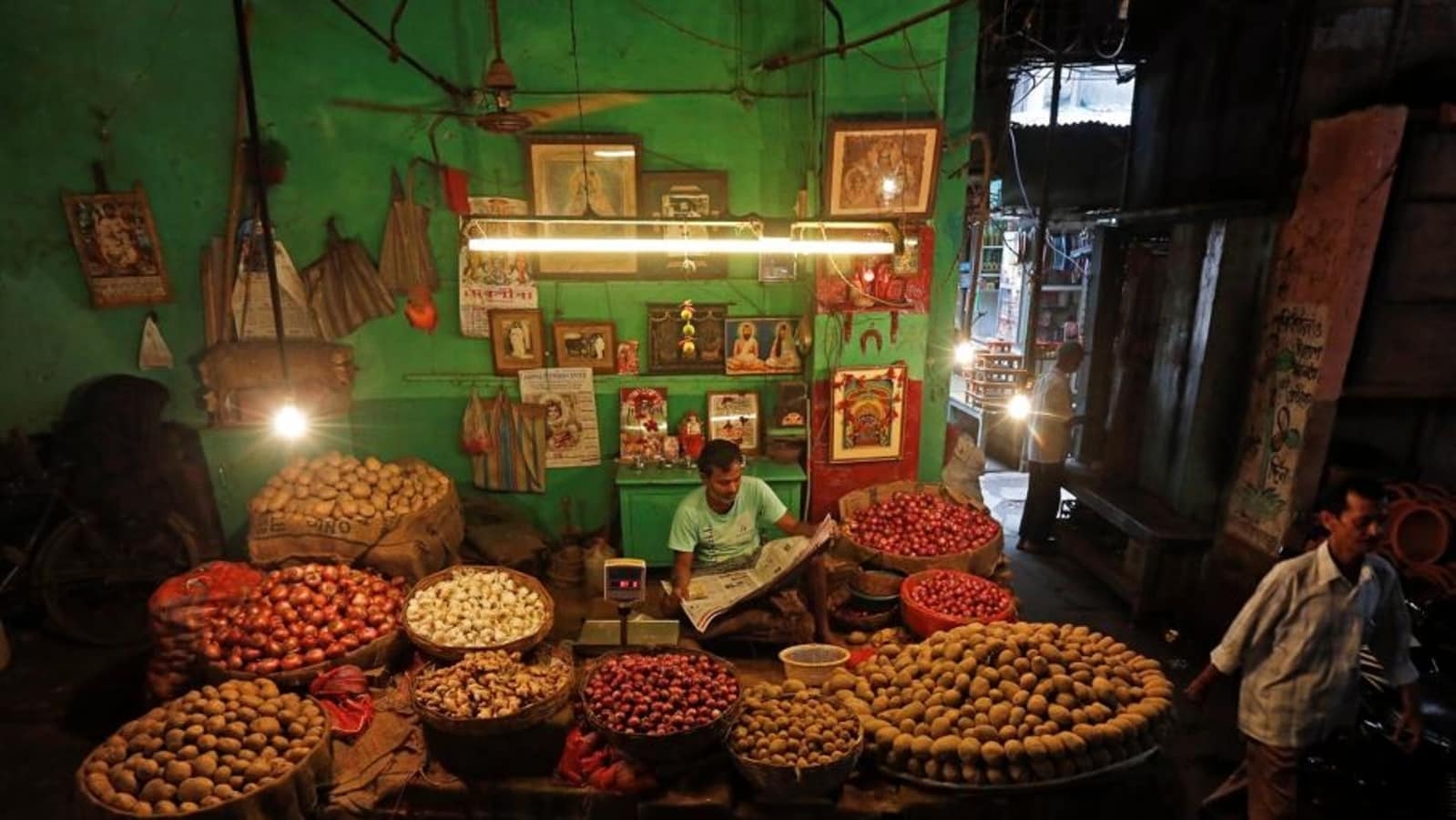The Central Bank Digital Currency (CBDCRetail or eR) has gained popularity after a sluggish beginning. By the end of the month, there will be 50,000 CBDCR users, up from 16,000 at the moment. On December 1, the Reserve Bank of India began an eR pilot experiment. The digital money is doing fairly well, according to official sources. According to authorities, “since the pilot’s start, over 16,000 users have completed transactions totaling about 64 lakh.” And it’s anticipated that the pace will go up with increased awareness, usability, and points for acceptability. On November 1, the Digital Rupee-Wholesale (eW) pilot programme went live. At the moment, eW averages 200 crore in daily transactions.
In addition to paper and metal money, eR is a type of fiat currency. The legal tender is embodied in the form of a digital token. It is distributed through financial intermediaries, namely banks, and is issued in the same denominations as coins and paper money. Both person-to-person (P2P) and person-to-merchant transactions are possible (P2M). The CBDC can be changed into other kinds of payment, such as bank deposits, but it will not accrue interest in its digital form.
State Bank of India, ICICI Bank, YES Bank, IDFC First Bank. Bank of Baroda, Union Bank of India, HDFC Bank
and Kotak Mahindra Bank are the eight participating banks.An official claimed that eR uses API (Application Programming Interface). It is a means of communication between two or more computer programmes. “There is no middleman involved in the user’s transaction with eR. However, block-chain technology is being used in transactions involving individual banks and the central bank, he said.
The RBI had stated in its concept paper that for CBDC to function as a medium of exchange, it must include all the qualities that physical currency stands for, such as anonymity, universality, and finality. Nevertheless, maintaining anonymity for a digital money is still difficult because every digital transaction leaves a trace. So, for any CBDC, the level of anonymity is still a crucial design consideration.
For CBDCR, reasonable anonymity for low-value transactions is deemed to be the best option. Another source stated that “legal provisions to be integrated with technology is being examined to ensure anonymity.” Shaktikanta Das, governor of the RBI, stated last week that the central bank is being extremely careful with CBDC. “If cloning or anything else occurs, it may be extremely harmful. We are therefore proceeding very cautiously.

